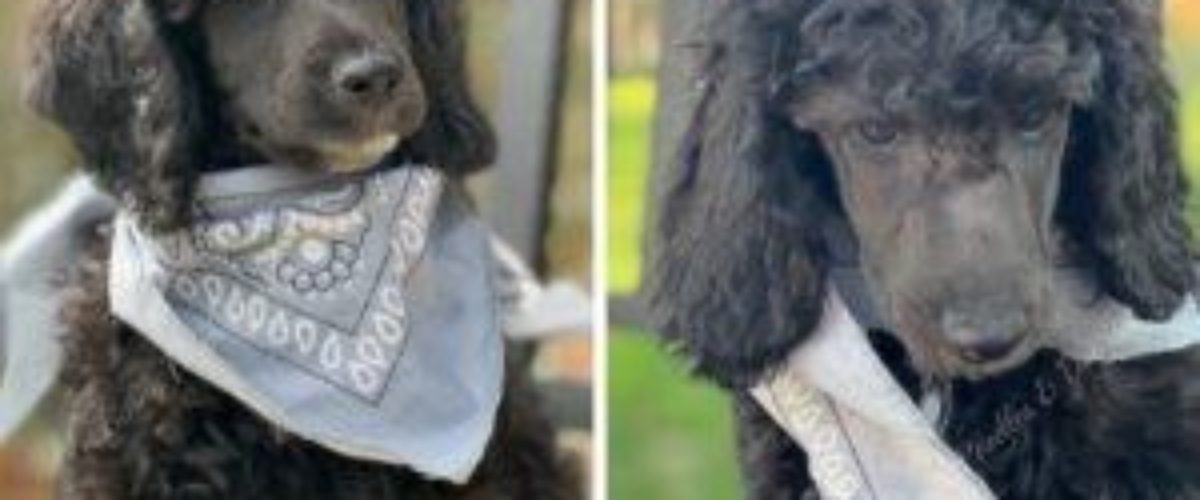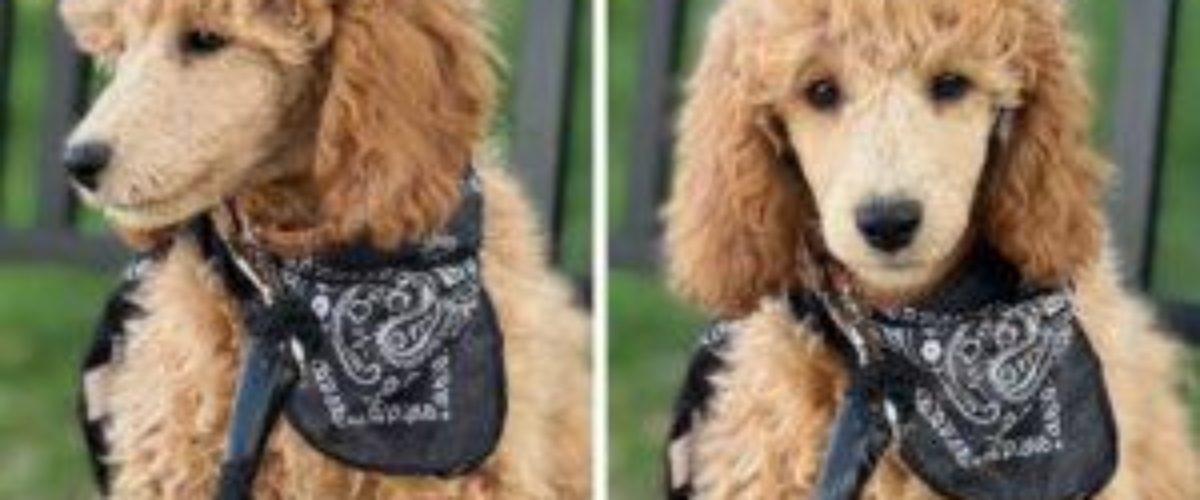Historically scientists believe that our modern domestic dogs were descendants of a now extinct grey wolf in Eurasia. We humans are a resourceful bunch and we have found ingenious ways to survive and thrive. We have done so from jungles found in tropical regions in all the hemispheres, to the frozen Arctic and Antarctic regions and all climates and latitudes between. We have also found ways to use the natural world to our benefit, from early nomadic times as simpler hunters and gathers, to relatively complex agricultural endeavors such as highly efficient irrigation systems. We have kept bees and employed the use of hybridizing of plant life for centuries with careful cultivation to produce food for the whole planet in ever widening and interesting tastes, textures and nutritional value. We have also forged very close allies in the animal kingdom. Long before we raised domesticated cats, chickens, or cattle, many scientists believe the dog was first. The domesticated horse and sheep certainly was a huge milestone for mankind, but it is believed that raising puppies was our first success.
It should be noted that what follows is meant to be a relatively short explanation of why good breeders focus on important things like genetic diversity and other important health testing. It is not meant to be a deep dive into a college level discussions on genetics and other important animal husbandry concerns related to structural and organ heath. Furthermore it is wise to remember that cost is absolute, value is subjective. The initial cost of purchasing a puppy or dog is fixed. What is not fixed is potential costs for veterinarian care that in part comes from a poorly conceived breeding. The Value in selecting a well bred dog can far outstrip the initial costs of the purchase. Breeders who in particular pay attention to fundamentals in genetics and other important health testing, are also more likely to be thorough in proper worming, vaccinations and vet care, nutrition, and socialization and training techniques.
After literally thousands of years of domestication, dogs come in literally countless shapes, colors, sizes, coat types and reasons why some keep them. They are kept simply as placid companion animals, working dogs used by police and fire, livestock guardians, rodent control, hunting retrievers and the list goes on and on.
With the domestication of dogs and the rise of breed specific traits, and in time registries that tracked linage and prioritized traits and appearances in breeds, also arose issues with inbreeding. In order to produce a desired traits wether it be size, behavior, coat type or structure, historically a gene pool was selected and fixed. This was typically done by selecting a common sire or “founder” of a breed who would be used to produce a desired trait. Commonly a grandfather would be bred to a granddaughter and so until a large enough gene pool was established to create a consistent breed standard. Problems arise when there is not enough genetic diversity. This is referred to as the Coefficient of Inbreeding or COI. A low COI typically is desired from a healthy pairing. This is meant to be a simple explanation of why genetic testing and diversity is important, but perhaps the simplest way to explain it is this: Genes in DNA in this case come in pairs. The pair is called allele. Identical gene’s are called homozygous, when its not identical its called heterozygous. For a fixed trait such as general appearance, both copies must be present from the dam and sire to have progeny that have appearance characteristics that are consistent, such as noticeably a Labrador retriever or Standard poodle and so on.
Issues arise when genetic bottlenecks occur due to small and closed registries. Frequently undesirable traits are both given to the offspring via the one fixed gene per parent model. Genetic diversity is not the complete answer as it is possible for a low COI pairing to both cary bad genetics for both known and unknown inherited disorders. Important research also indicates that Longevity in Standard poodles can be improved by as much as 4 years if the the COI is less than 6.25% vs a COI of 25%. Added to this litters with higher COI’s tend to have weakened immune systems, be smaller in size , have smaller litters, as well as less hardy.
Breeds and dams and sire’s with high COI’s while tending to have more consistent breed standards also are more likely to have undesirable traits deeply fixed into the genetic makeup of the breed, and therefore harder to eradicate. One can clearly see that much more reading can be done in this regard, and that genetic diversity is a good indicator of the foundation for solid expectations for a long and happy life for our dogs. Hybrid vigor is certainly something to consider in all of this. Experts in the livestock industry learned decades ago that small closed breeding books and small registries led to lower output in meat production, dairy, and eggs. So great has been the success of diversifying genetics, that cross breeding is the rule for many in these industries rather than the exception. Some of the same benefits can be gained in healthy dogs provided the foundational sires and dams are themselves of superior quality with low known genetic issues.
Below is a chart that simply explains some typical COI’s.
Parent/offspring: 25%
Full sibling: 25%
Grandparent/grandchild: 12.5%
Half sibling: 12.5%
Great grandparents/great grandchild: 6.25%
First cousin: 6.25%
*Other health testing to consider and what premium breeders look for in a “a Fully Health Tested and Clear dog or puppy”
While genetic testing is a useful tool, one of the best and still considered to be among the most reliable tests is OFA certification. OFA certification is performed by a skilled Veterinarian at considerable cost to a breeder. It generally costs many times what it would cost for genetic testing alone and is considered by most professional breeders to be the hallmark of a breeding program that is seeking to be the best it can be and is designed to provide a puppy with the highest degree of certainty for a long and healthy life. As such, preference is generally given to breeders who perform this comprehensive testing. Although their puppies tend to cost more, they generally are of a much higher quality than a puppy who has genetic testing only.
Decades before genetic testing became common place OFA, or the Orthopedic Foundation for Animals was created. Today the OFA is a database that tracks traits in individual dogs that may not be identified in genetic testing. It is used to track incidents of HIP DYSPLASIA in adult dogs that have reached two years of age, the age that most breeders commonly start breeding their dam’s. While it is true that genetic testing can indicate potential hip issues, OFA examinations take X-rays of hips and measure the quality of the hip joint, which is a predictable indicator of early hip dysplasia, mobility issues and premature mortality. At times dogs severe hip dysplasia can be candidate’s for artificial hip replacement at much greater expense obviously than selecting a dog with foundationally solid hips. Sadly many are euthanized early, as it maybe recommended compared to a pet living a life in pain. Clearly only dogs with the best hips should be used in breeding operations, and those that don’t meet minimum scores should be spayed or neutered. The challenge posed by not completing this testing is that in this case ignorance is not bliss, nor is it an excuse for inactivity when testing is readily available.
The OFA radiologist looks at these things:
Each radiologist evaluates the animal’s hip status considering the breed, sex, and age. There are approximately 9 different anatomic areas of the hip that are evaluated.
- Craniolateral acetabular rim
- Cranial acetabular margin
- Femoral head (hip ball)
- Fovea capitis (normal flattened area on hip ball)
- Acetabular notch
- Caudal acetabular rim
- Dorsal acetabular margin
- Junction of femoral head and neck
- Trochanteric fossa
CLEARLY these are things that no-genetic test can look at as they must be performed on a dog at or near two years of age, which is the age generally considered of maturity, and ready to be bred
Incidentally costs for hip surgery vary per dog, due to the severity and complexity of the surgery completed. In researching this blog post the author found costs can start at 1200$ for a Femoral Head Osteotomy to 14,000$ for a complete Total Hip replacement. Total hip replacement is considered the number one choice by Veterinarians for dogs in considerable pain or close to immobile. While certainly a option for some, for many others it will prove to be too cost prohibitive. The value in ensuring that the dog or puppy that is brought home as a family pet or used as a foundational dog in a breeding operation has good hips and genetics to avoid having hip dysplasia will be a wise investment.
OFA’s also focus on key areas of canine heath including but not limited to Hypothyroidism, which can lead to weight gain and blood sugar issues. Many times this doesn’t initially show up until later in life, but can be treated effectively if caught early enough with this testing. Patellar Luxations or bad knees are also tracked by OFA. Various cardiac issues can be identified early and effective treatments for the heart can be given if tested for. All of these tests are preformed by a veterinarian and are completely separate from genetic testing. Genetic testing alone is not as thorough in its scope given the limitations of the total number of things that are currently available on any given genetic panel.
In addition to this OFA Companion Animal Eye Registry (CAER) provides breeders with information regarding canine eye diseases so that they may make ienformed breeding decisions in an effort to produce healthier dogs. CAER certifications will be performed by board certified (ACVO) veterinary ophthalmologists. The American College of Veterinary Ophthalmologists has listed ten of these diseases as automatic “fails” (this means the affected dog is ineligible to receive an eye certification) because of the significance of the condition to vision and/or the very strong evidence of heritability. Dogs that fail their CAER screening should not be bred due to concern that can be passed on to their liters.
One additional test that is commonly used for screening for our canine friends is PenHip hip scoring. The goal of all hip screening is to acquire a baseline of a dogs hip health and then make informed decisions based on the information gathered from that testing. Many breeders prefer PenHip because unlike OFA testing which is administered at 24 months, PenHip can be performed as young as 16 weeks. This early screening allows breeders & their owners owners to do several things. For a working dog early intervention can lessen the effects with treatment for CHD (canine hip dysplasia). For breeders early detection of dogs with poor hips, or at-risk hips will help breeders make early critical decisions for which dogs to keep in a breeding program for best health and success.
Clearly breeders who are interested in providing the healthiest possible puppies for adoption opportunities as well as propagating the best and healthiest examples of genetic stability and health have many tools at their disposal. While genetic testing is a good start, by no means is it to be considered complete testing and does not mean a given animal is “health tested and clear”. Many orthopedic flaws on individual animals can not be ruled out by genetic testing alone, particularly when it comes to structural problems. Breeders who plan to provide the best puppies and foundational dams and sires do well to avail themselves of the best and most complete testing they can provide. For dog lovers and breeders to do less than this belies their claim of loving their animals.
Each breed has its own recommended testing based on known potential risks of the breed. Those tests for OFA can be found here:
Breeders do well to give full consideration to selecting replacement dams and sires to limit undesirable traits by using this criteria found here with OFA:







































